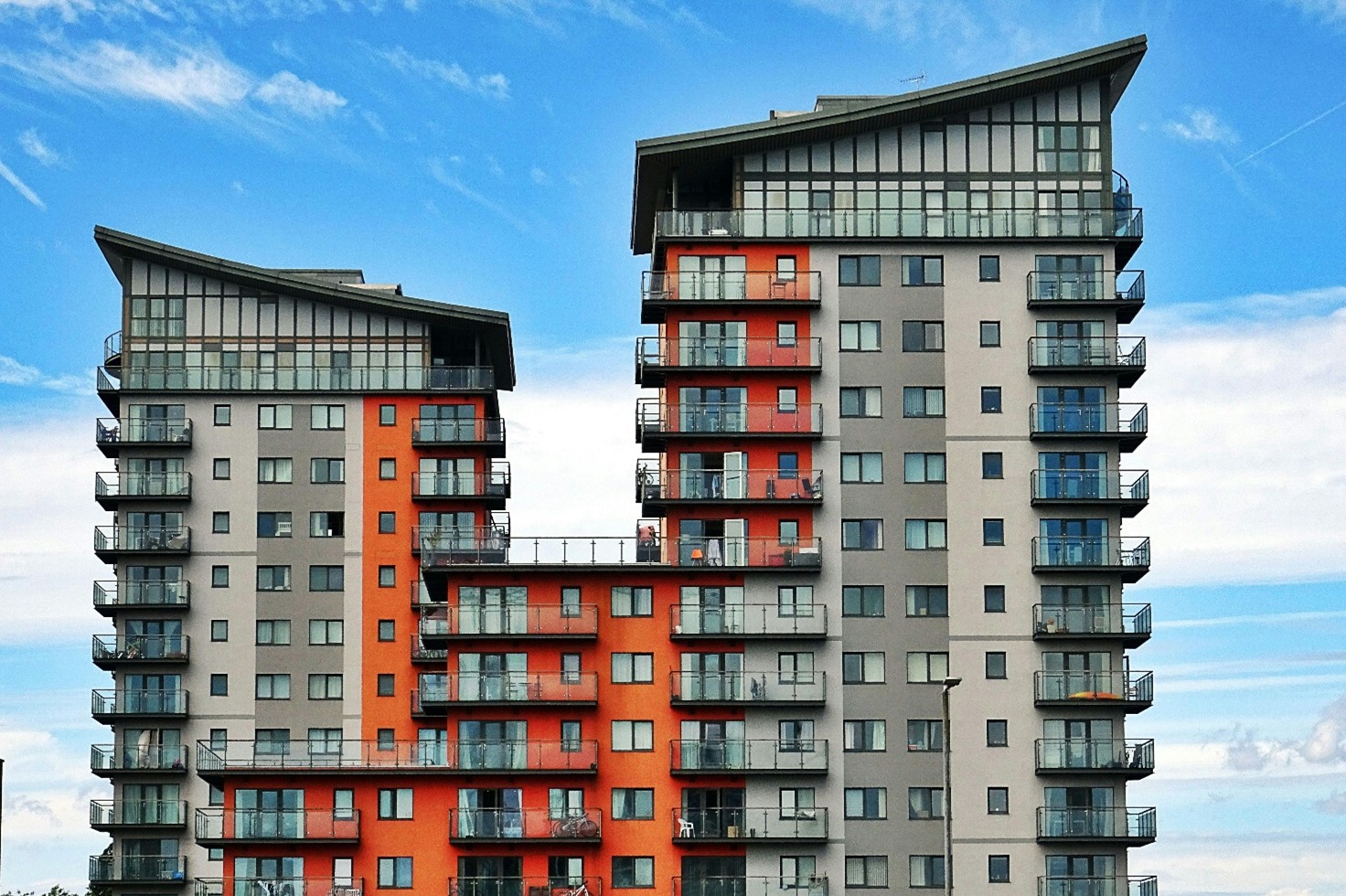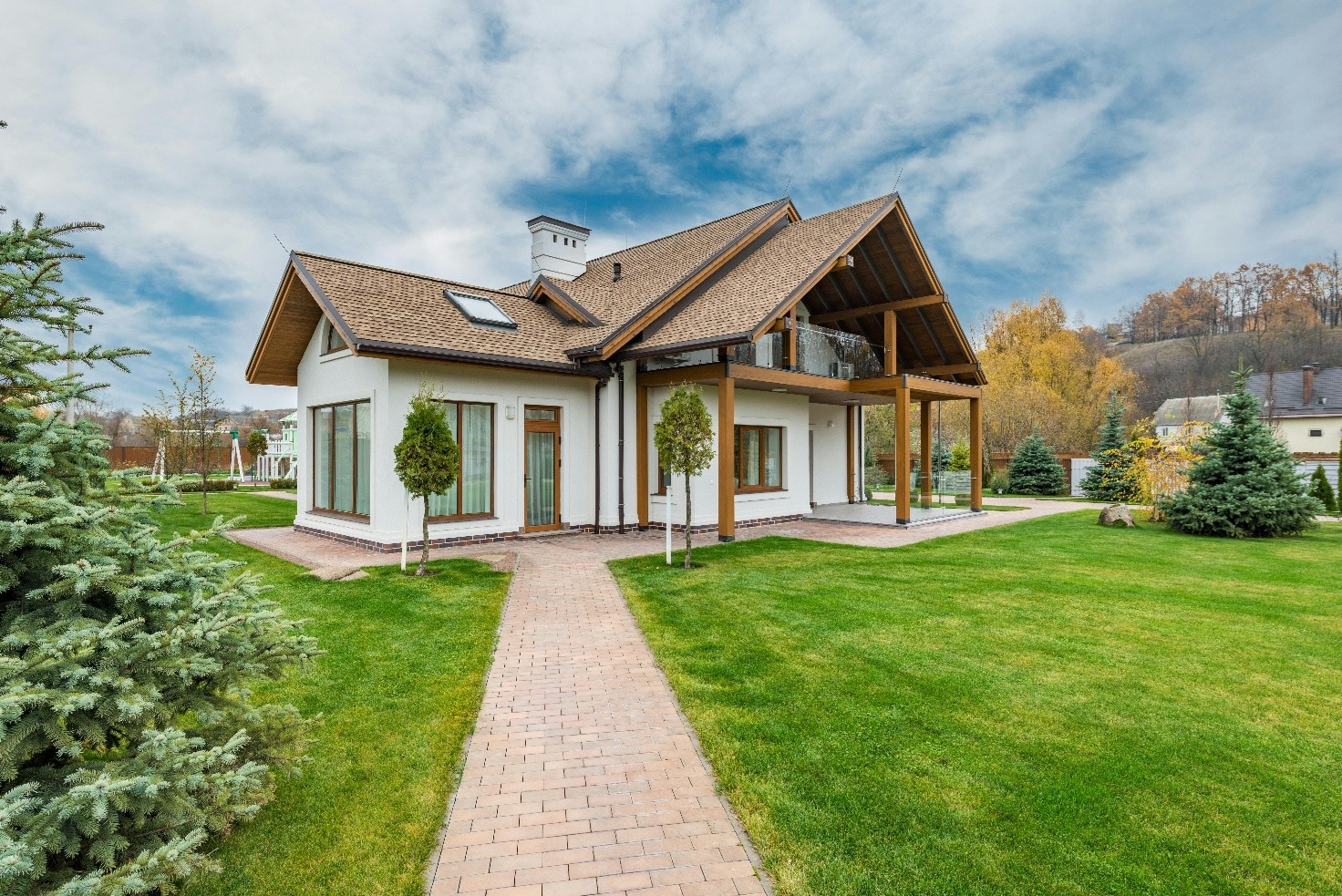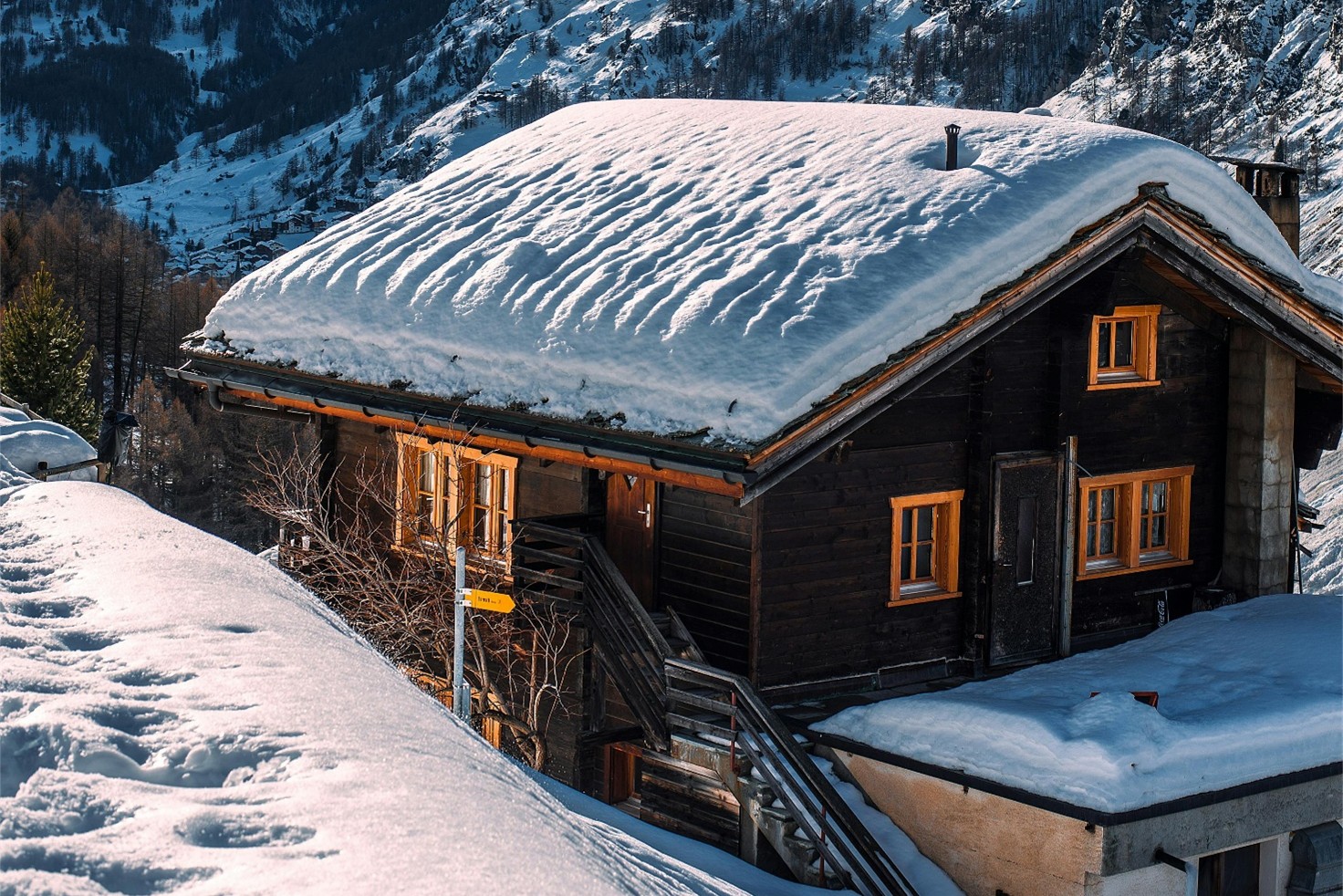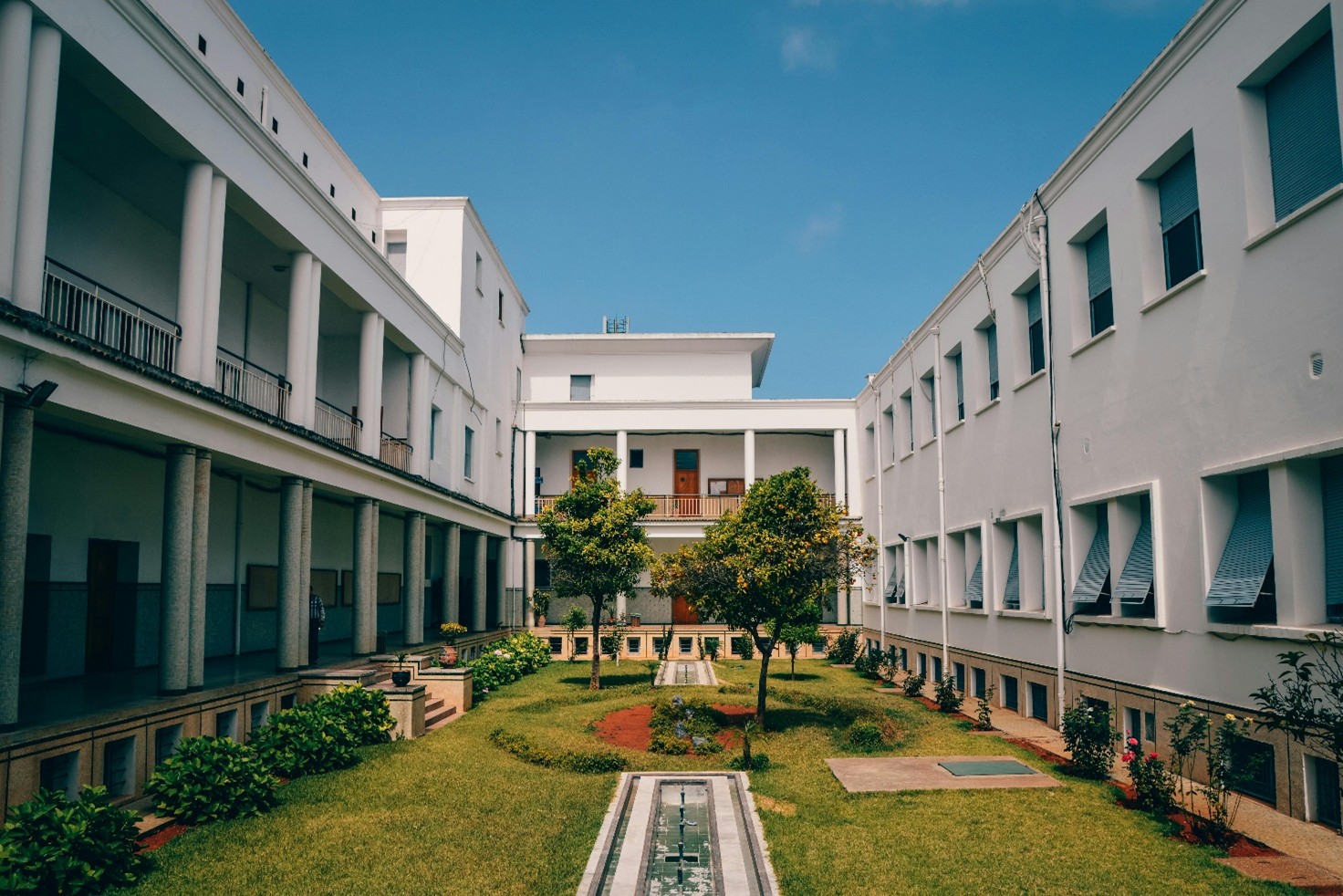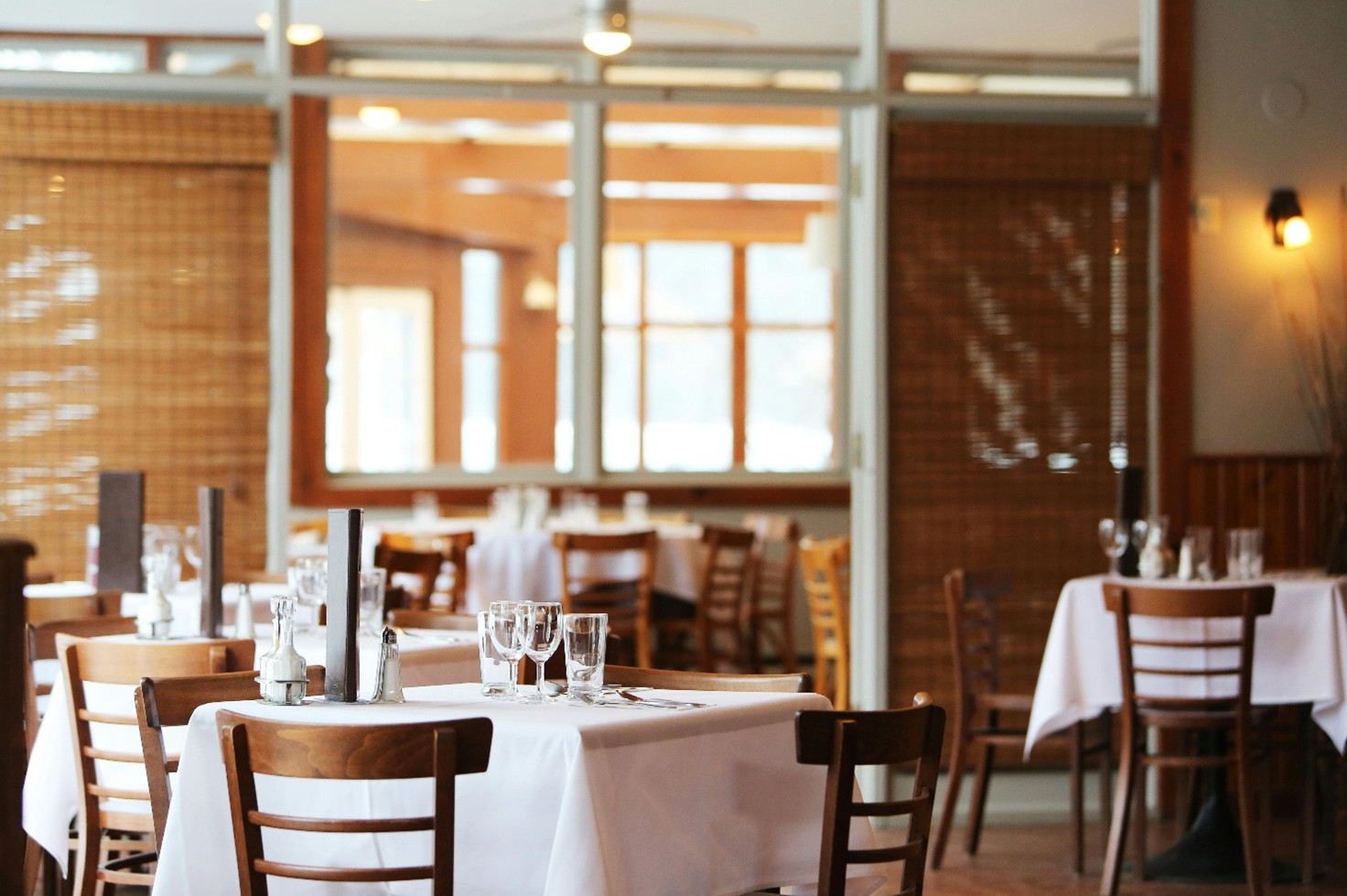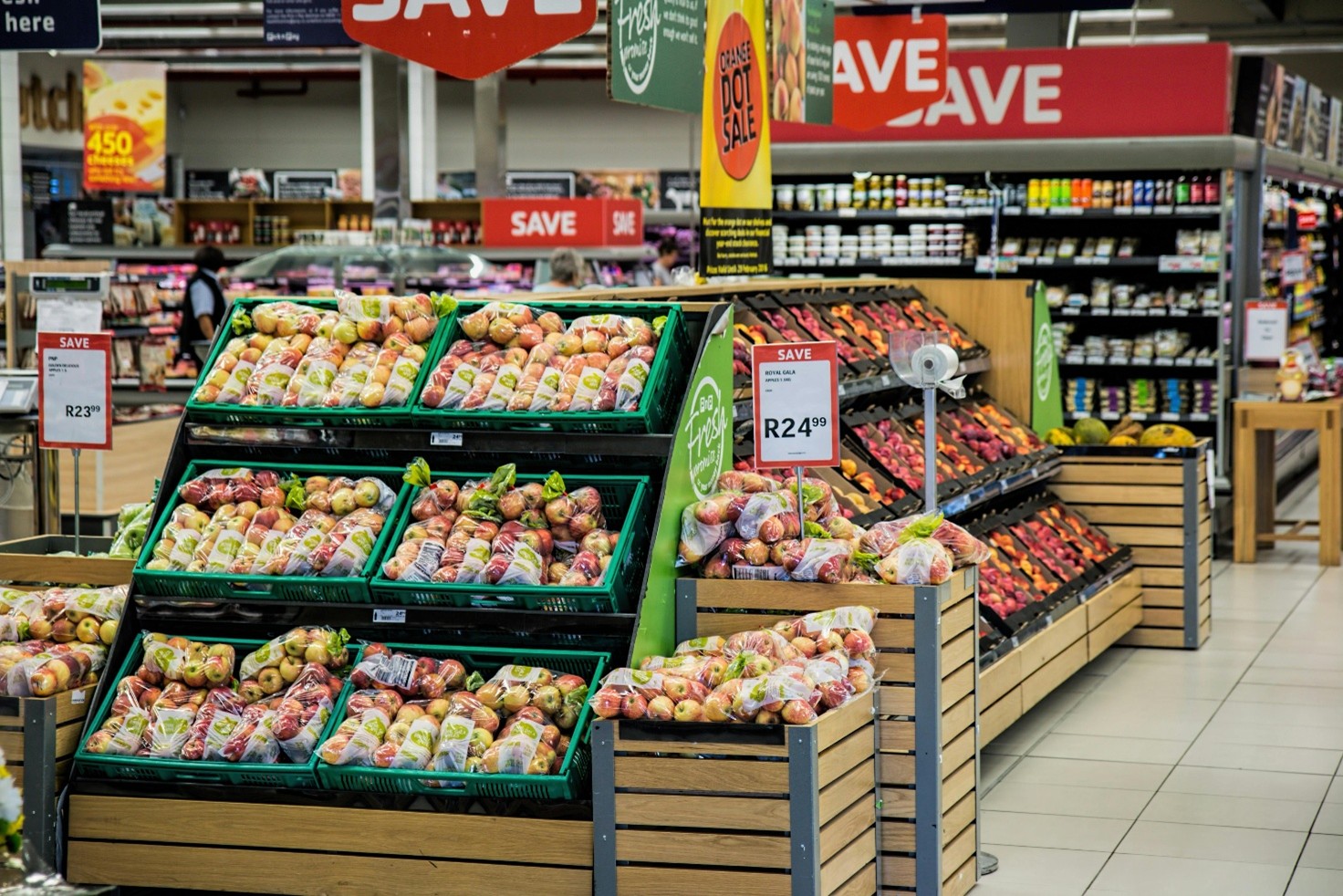This type of residential building accommodates multiple housing units within a common structure. It can vary in height and includes shared amenities such as elevators, common corridors, parking areas, and centralized systems for climate control and domestic hot water production. Energy consumption is primarily driven by household usage.
With the URBEM project, a national database of building archetypes has been created.
Residential building | Single-family
This is a standalone residential structure designed for a single family. It can be a detached house, a villa, or a townhouse. These buildings have energy needs related to heating, cooling, and lighting, with a significant impact from thermal insulation quality and building orientation.
Residential building | Temporary
Temporary residential buildings are structures intended for short-term stays. They include hotels, guesthouses, student dormitories, emergency shelters, and campgrounds with bungalows. Their energy consumption varies depending on occupancy rates, climate control, and the services provided (e.g., in-house dining, laundry facilities, etc.).
Office building
Office buildings are structures primarily intended for administrative and office activities. They include workspaces, meeting rooms, common areas, and, in some cases, cafeterias or support services. Their energy consumption is influenced by lighting, heating and cooling systems, and electronic equipment.
School building
School buildings include primary schools, secondary schools, and universities, with spaces dedicated to teaching, laboratories, libraries, and gyms. Energy management focuses on lighting, ventilation, and heating/cooling, with significant variations between the school term and holidays.
Building for catering
Catering buildings are structures intended for the preparation and serving of food and beverages, with or without seating. This category includes: restaurants (both commercial and corporate), school, hospital, or company cafeterias, industrial kitchens and catering centers, bars, and cafeterias with kitchens equipped for storage.
Commercial building
Commercial buildings include stores, supermarkets, and shopping centers, with display spaces, sales areas, and storage rooms. Their energy consumption is primarily influenced by lighting, climate control, and refrigeration. Efficiency can be improved with LED lighting, optimized HVAC systems, and high-efficiency refrigeration.

